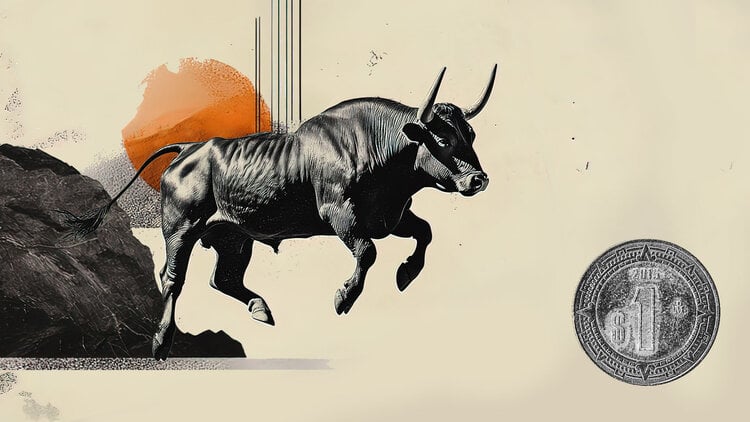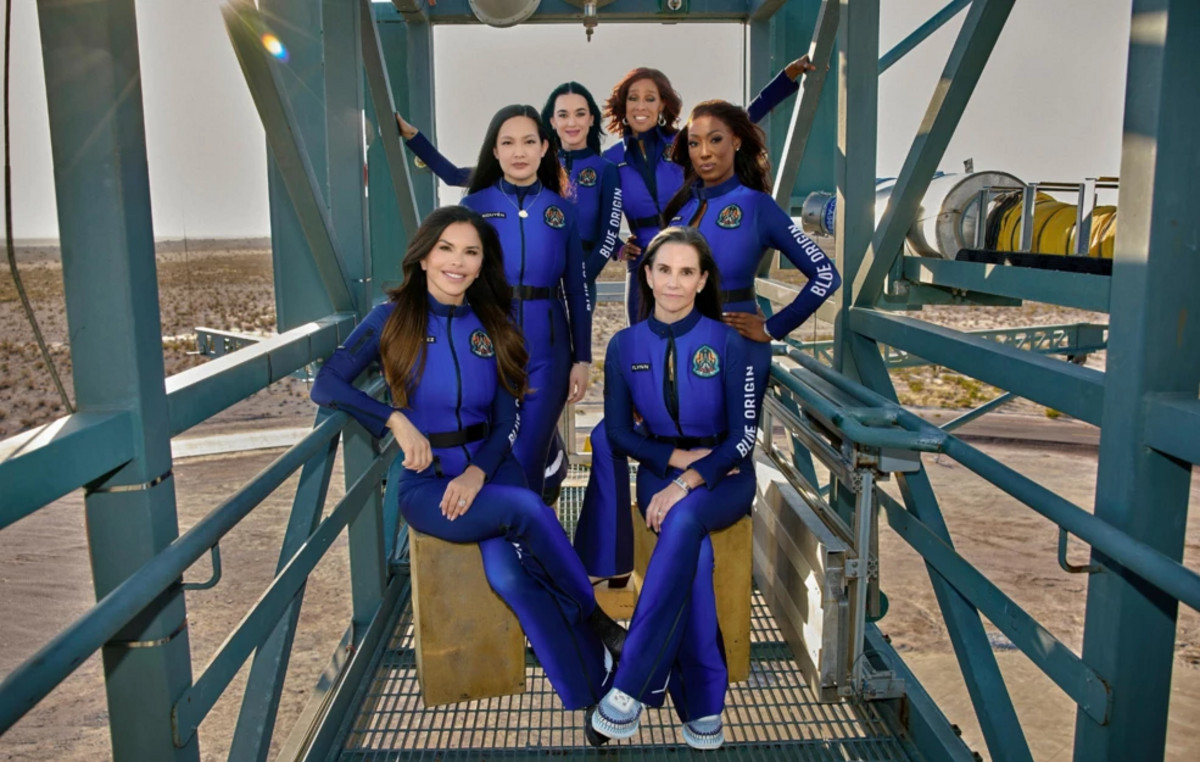With his San Francisco-based nonprofit, the Matter of Trust, Gautier turns donated hair into mats for drying oil spills on land, and pipes used for spills at sea.
A common way to clean up oil spills on land is to use mats made from polypropylene, which is a non-biodegradable plastic, a process that ends up producing more plastics and making room for more spills.
Hair, by contrast, is a sustainable resource that can absorb about five times its weight in oil, according to the Matter of Trust, and while it doesn’t grow on trees, it’s plentiful. “There are about 900,000 licensed beauty salons in the United States,” said Gautier. “They can easily cut a pound of hair (about 0.4 kilograms) a week.”
“Our project is to divert this from landfills,” he added. “It makes a lot more sense to use a renewable, natural resource to clean up oil spills than to extract more oil to use for cleanup.”
growth problem
Oil leaks can contaminate drinking water, endangering public health, damaging plants and wildlife, and causing economic problems.
In 2021, the National Oceanic and Atmospheric Administration recorded 175 spill incidents at sea and on land in the United States alone, and globally, about 10,000 tons of oil was lost to the environment after oil tanker leaks. According to the Matter of Trust, when just a quarter (about a liter) of oil enters the aquatic system, 1 million gallons of drinking water can be contaminated.
This year, there were major spills in Thailand and Peru, which together amounted to more than 513,000 gallons of oil.
According to Gautier, the leaks that make the headlines represent just 5% of global oil contamination. More common, but still harmful to the environment, are vehicle leaks on roads and natural groundwater and seafloor runoff.
From grass roots to hair roots
Gautier co-founded Matter of Trust with his partner, Patrice Gautier, in 1998 to address a range of environmental issues. Three years later, an oil tanker ran aground off San Cristobal, one of the Galapagos Islands, and keen to help cleanup efforts, the Gaultiers teamed up with hairdresser Phillip McCrory.
In 1989, McCrory designed a prototype of a device that used hair to absorb oil, which was tested by NASA and seemed to work well. Together, the Matter of Trust and McCrory developed pipes and rugs made from human hair and animal hair.
Every day, salons, pet shops and individuals send hair to the Matter of Trust warehouse in San Francisco. The packages are analyzed for contaminants such as debris, dirt or lice, and then the hairs are separated, laid out in a frame, and passed through a custom felting machine to make the mats.
It takes 500 grams of hair to create a mat about 0.2 square meters long and 2.5 centimeters thick, which can absorb up to 5.6 liters of oil.

Most of the Matter of Trust cleanup is done on land, whether dealing with land spills, or the shore damage caused by spills at sea. The organization claims that about half of its products are sold by bodies such as the US Air Force and government departments, and the other half is donated, typically to cleanup volunteers.
According to Gautier, the Matter of Trust has produced more than 300,000 pipes and 40,000 hair mats for major cleanups, including the 2010 BP Deepwater Horizon oil spill in the Gulf of Mexico — doing everything from decontaminating plumbing to drying oil from leaking vehicles and machinery.

hair everywhere
Megan Murray, an environmental biologist and associate head of the school of life sciences at the University of Technology in Sydney, Australia, develops sustainable technologies to deal with oil spills. Her research includes pads made from hair – materials that can be used to recover a liquid.
She says a big problem with how we respond to oil spills right now is that used polypropylene products are often dumped in dumps and landfills.
Murray’s study indicates in addition to being biodegradable, human hair is generally as effective as polypropylene, and in some circumstances even better.
“Hair mats are very good for land spills,” he said, adding that when crude oil is spilled on beach sand, it is very difficult to absorb it using any of the other materials he has tested, even using hairs or polypropylene.

Another advantage of hair is that it costs less than conventional materials, and is “accessible globally as a recyclable material,” she declared. “It is very exciting because it is a material that can bring benefits to communities that cannot afford more popular and more expensive products”.
Murray warns that hair mats are not the perfect solution as they can only be used once and can only be disposed of by incinerating or composting the land, which becomes unsuitable for growing food. Now, she is looking for ways to extract the oil from a used carpet of hair, so that the two elements can be reused.
“Anyone can make a hair rug”
Matter of Trust is expanding its network of local partners, who produce rugs with hair sourced in regions, in 17 countries around the world, including Finland, Japan, Chile and Rwanda. Gautier says that individual centers are more profitable than small contributions to keep the project going.
As the designs are not patented, other groups have started to produce their own rugs and pipes, such as Britain’s Green Sallon Collective, which works to make the beauty industry more sustainable.
Gautir is happy to see the movement growing. “Anyone can make a rug out of hair,” she said. “It creates greener jobs, cleans water, reduces landfill, and promotes renewable resources.”
Source: CNN Brasil
I’m James Harper, a highly experienced and accomplished news writer for World Stock Market. I have been writing in the Politics section of the website for over five years, providing readers with up-to-date and insightful information about current events in politics. My work is widely read and respected by many industry professionals as well as laymen.







